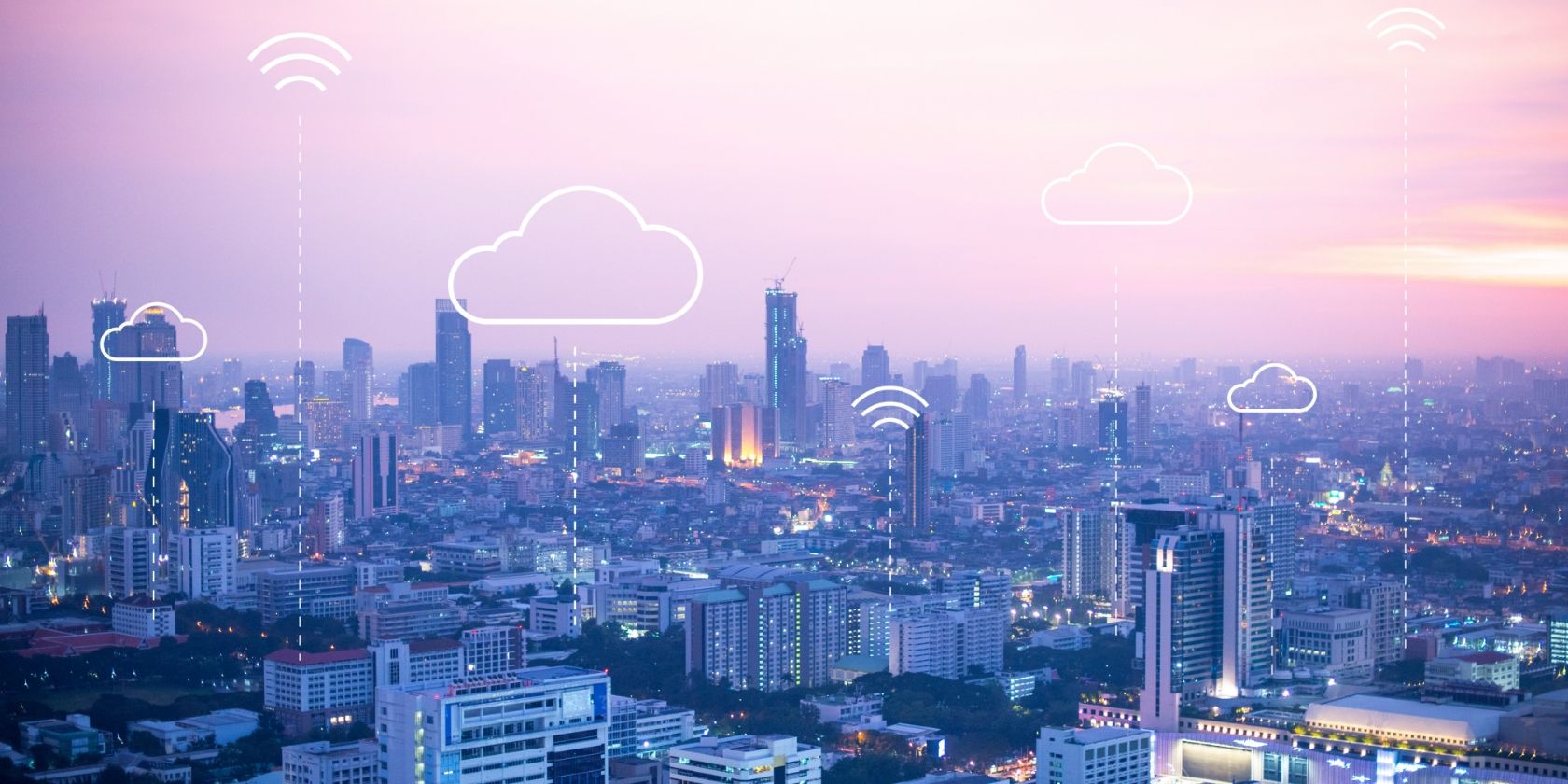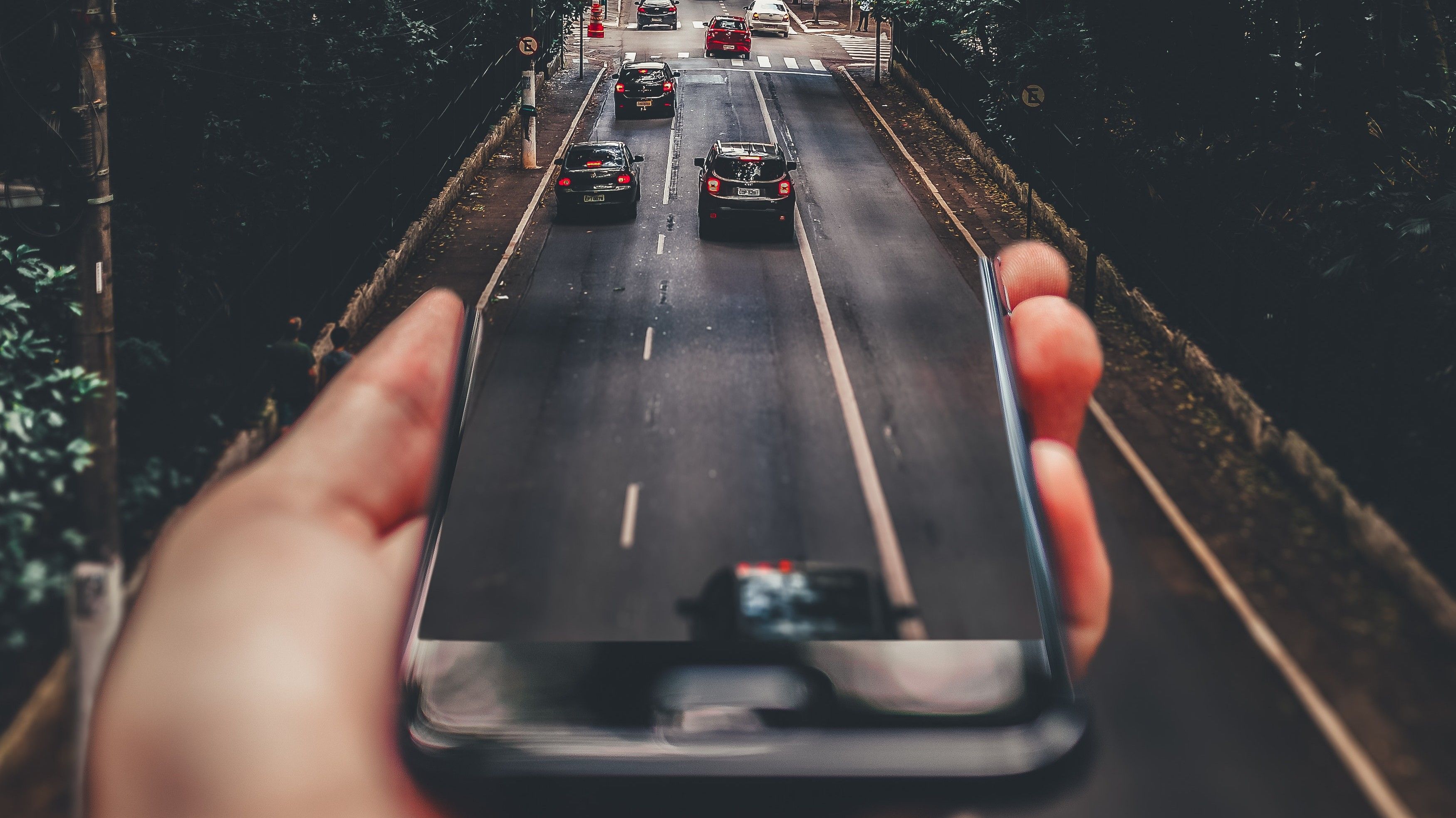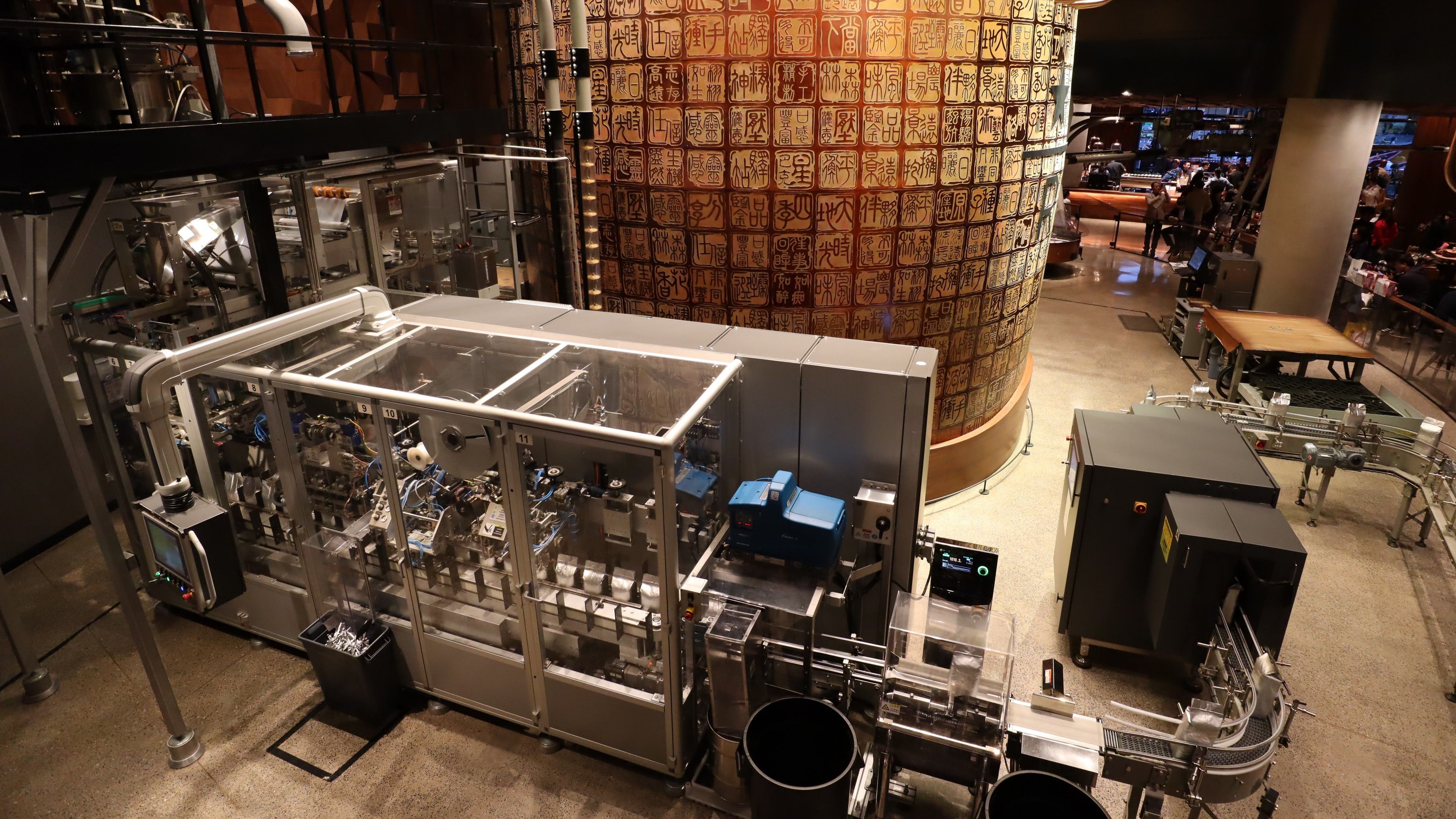The first commercial 5G networks started being deployed in 2019. In the past few years, availability for fifth-generation connectivity has advanced considerably, with many countries having near total coverage.
While end users are generally sold the idea that 5G means only higher connection speeds for their smartphones, in reality has lots of other possibilities. Below, we list a few ways it matters for more than downloading funny cat pictures faster than ever.
Main Differences Between 5G and 4G
Over 13 years ago, a whole decade before 5G, LTE (or 4G) networks were activated worldwide. Carriers advertised the same as they're doing now: higher speeds and not much more. In 2009, though, faster connections really mattered: 3G networks weren't quite really delivering in what users needed then for mobile browsing.
This time things are different: current mobile internet speeds in most places are already good enough for the majority cases, so the differences between 4G and 5G for smartphones won't be that huge. Obviously, they still struggle to deliver 4K video streaming or other more demanding applications, but let's face it: current speeds are fine for almost everyone. Theoretically, at least—recent 4G modems can reach a full gigabit per second under ideal scenarios, but actual network conditions can vary widely.
What isn't really being advertised are advantages that go beyond speed. Lower latency times and higher number of connected terminals are the most important evolutions from 4G to 5G. Under ideal conditions, ping in fifth-gen networks can go as low as 5 milliseconds, and antennas can cover over a million terminals per square kilometer. LTE networks, on the other hand, have usually around 50ms latency for the best cases, and up to 2,000 devices per square kilometer.
And what do the differences between 4G and 5G mean for most people? Regarding smartphones, not much—better online gaming, perhaps. But for communications as a whole, 5G really changes the world.
1. 5G Beyond Smartphones: Autonomous Systems
The idea of self-driving cars isn't new. We've been hearing about that possibility, in the real world or science fiction, for decades now. But the actual technology never seems to really—pun intended—speed up.
There were a few limitations for this: computing power needed (you couldn't fit a supercomputer into a car and also expect it to carry five people with a decent speed), artificial intelligence and machine learning implementations (even with a mainframe on board, there was not much use if mankind couldn't develop the software to properly use it), and, finally, connection quality. One self-driving car in traffic can maybe handle itself, but what about dozens or hundreds in a single road?
That's where 5G advancements come in. With improved connection speeds, self-driving cars can download and upload the ton of data they need to work in a way that simply wasn't possible before. Lower latency also is key here: the average driver reaction time is 0.5 to 0.8 seconds for road hazards—500 to 800 milliseconds. Since 5G ping is around 99% lower than that, autonomous vehicles can be even safer than human-conducted ones.
That's not the only use for autonomous systems, though. Robots assembling products in factories (or handling them in logistics hubs), traffic lights that adapt timing according to how many vehicles there are on each crossroads, self-checkout stores... You name it. Any connected system that benefits from higher speeds, lower latency, and more devices connected will probably get a huge usability boost with 5G.
2. Smart Cities Will Rely on 5G
That brings us to the second topic: smart cities. Remember the real-time traffic lights above? They're just the tip of the iceberg. How about urban plumbing that can tell the sewer pressure is abnormal days before it overflows? Bus or train lines showing exactly how crowded they are before you leave home? Light poles warning about a dead lamp without anyone needing to call the company? The possibilities are endless.
Just as before, if one use benefits from real-time monitoring, it benefits from 5G advancements. That means in any situation where human intervention might be needed to help solve problems, small or big, response times could be drastically improved. From a broken pathway to emergency services, from food delivery to traffic jams.
3. 5G Will Overhaul the Internet of Things
All of these solutions are possible because of two ideas embedded into the very core of the 5G technology: Internet of Things and non-cellular 5G networks. You may not have heard about the latter, but the former surely grasped your attention somewhere.
Currently, Internet of Things, or IoT for short, is based either on 4G structure (for POS terminals, e.g.) or Wi-Fi hotspots (for smart home appliances) and Bluetooth (wearables). This might change with 5G networks.
As important as latency, here, is the number of connected terminals. Ever been at a crowded mall for holiday shopping, a sports game, or a music festival and had a terrible connection, even though mobile internet usually works fine at those areas? That's because a carrier can only handle so many users in a specific region before things start to go south.
Now add those devices to the mix: one terminal in each light pole, bus stop, car, all those phones, home routers, office networks, each store's POS... It can get overloaded quite quickly. Current 4G networks are very limited in this regard, compared to 5G: simultaneous supported terminals are up to 500 times higher with the newer standard.
Non-cellular networks also help here: a factory can have a dedicated 5G antenna, which isn't dependent on any carrier, to deal with dozens of automated robots. That works similarly to how you connect your phone, computer, smart TV, gaming console, vacuum robot, thermostat, security cameras, and many other appliances, to your home Wi-Fi router.
The difference here is, again, higher connection speeds, lower latency, and the possibility to have more devices connected. You'd never try to use a domestic router for an event with dozens of attendants, as your guests would quickly be unable to use the provided Wi-Fi. Non-cellular 5G, on the other hand, allows many simultaneous terminals to connect and work without interfering with commercial networks.
4. Mobile Broadband (but for Real This Time) With 5G Networks
Remember when carriers tried to sell people 3G modems, promising "broadband speeds anywhere", and everyone just got frustrated at how those never worked reliably for on-the-go connectivity? When 4G came, Wi-Fi hotspots were much more common, but they also tried—and also failed to deliver, since speeds were fine for smartphones, but not always good enough for computers.
Price was always on the higher side, too. Sure, unlimited data plans are a thing, but not everywhere. And 4G connection simply costs more for carriers than fixed broadband through coaxial cables or optic fiber, so obviously customers had to pay that premium as well.
This is slowly changing, however. With 5G networks, mobile broadband is finally becoming nearly as good as fixed connections, regarding prices (and speeds, and latency). While this isn't an issue of the past right now, things are definitely getting better. Soon, working (or playing) on-the-go with a 5G modem will be almost the same as working from a fixed broadband connection. Perhaps data caps remain for the foreseeable future, but those too could have their days counted, who knows?
5. Latency-Critical Applications Could Save Lives Using 5G
Ever wondered why some relatively ancient technologies, like radio, are still widely used in emergency services? Because they've been perfected over the years, improving reliability. Firemen can't count on smartphones during a rescue operation; paramedics can't send a WhatsApp audio to the hospital they're heading to if mobile networks aren't 100% sure to deliver it.
That same way, robotic surgeries, e.g., can be supervised via internet, but the need for quick reflexes to solve an unexpected bleeding just can't rely on current connections' speed and latency—the surgeon performing the operation, in almost every case, is in the same room as the robotic arm doing the "dirty job".
While 5G won't turn walkie-talkies totally obsolete anytime soon, it surely can help with life-saving communications. Imagine a factory with several boilers in the same room, and sensors that can detect overheating and immediately deploy countermeasures without the need of human intervention. Or a computer monitoring the structural integrity of a building being able to send an evacuation signal to everyone inside instantly. The good old radio for first responders still has its place, but 5G enables tech to save lots of lives.
5G Is More Than Just Faster Speeds
Right now, 5G is probably still seen as solely a tool to stream the latest Stranger Things episode at full quality during daily commute, sure. That's basically what everyone will see in billboards, online banners, and other forms of advertising. Carriers do want their share of your hard-earned money, after all.
But the reality goes further: 5G enables a number of possibilities that, with current technology, were impossible or just too expensive. And, even though those won't be touted in the next Super Bowl half-time commercials, they matter for everyone.




